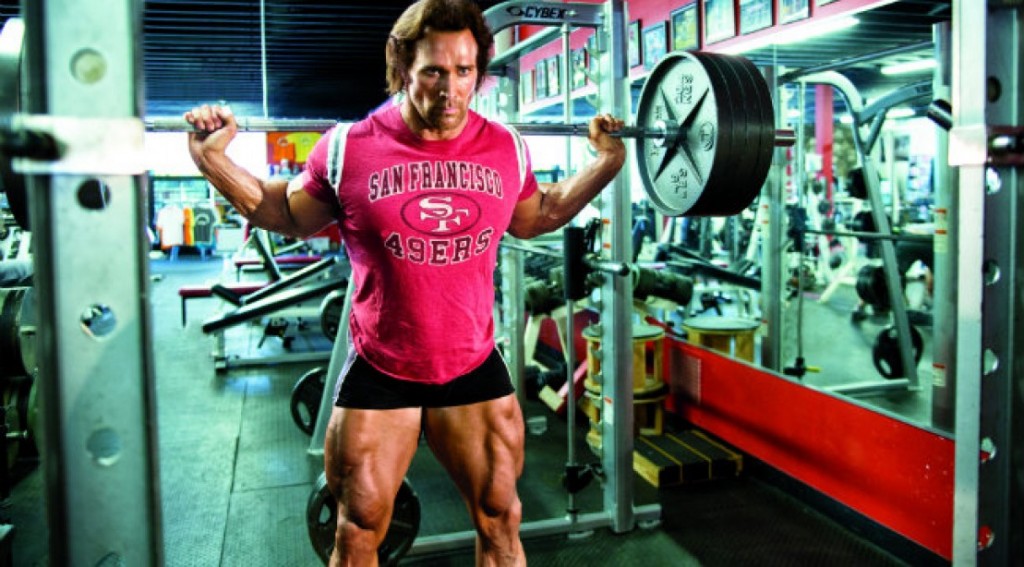*Photo Credit: Mike O,Hearn – a bodybuilder whose strong as a freakin ox.
Yes, it most definitely can.
For some reason, there seems to be this disconnect between training for strength and training for size.
And, that’s unfortunate, because each adaption effectively builds the other, and training for strength AND size – just to varying degrees based on your primary goal – is much more productive, and stimulates much better results, than training for size or strength individually.
How the Heck Can that Be True?
Well, for starters, “size is potential strength.”
I stole that line from Strength Coach Greg Nuckols, and the implications behind it cannot be overstated.
A bigger muscle will almost always have the potential to be a stronger muscle.
Increased cross-sectional area combined with an increased number of muscle fibers innervated per motor unit equals an increase in your ability to generate force (man…what a mouthful).
On that same note, training for size increases your work capacity and conditioning (because of the added volume and shorter rest periods), both of which 1.) Increase your ability to tolerate and recover from more work, and 2.) Make it “feel” easier when you go to start training for strength.
Reversing directions here, a stronger person will almost always have the potential to be a bigger person.
Out of all the ways you can increase muscle size, progressive overload is still one of the top ways of going about doing it, and getting stronger allows you to use progressively heavier weights in the rep ranges geared towards hypertrophy.
Not only that, but strength increases your ability to stave off injuries.
The less injuries you get, the longer you can train at a high level.
And the longer you can train at a high level, the more progress you’re going to make in the long run.
Alright…So What Do I Do With This Information?
First and foremost, it’s important to understand that each of these adaptions indirectly builds the other.
You definitely get some carryover, but getting bigger will NOT directly add 50lbs to your squat 1RM (at least not in most situations), and getting stronger will NOT directly add 3-5 inches to your biceps.
Generating max force is a skill (that needs to be trained), and muscle growth as an adaption requires a lot more volume and variety than strength development.
So, you have to train for both adaptions individually, and the amount of time you spend training for size or strength will depend completely on the adaption you prioritize the most.
If your main goal is to get stronger, spend the majority of your training time focusing on getting stronger.
If your main goal is to get bigger, spend the majority of your training time focusing on getting bigger.
The key isn’t to strike a balance between the two.
The key is to spend the majority of your time training for one goal, while spending the minority of your time training for the other.
At the end of the day, strength and size are NOT mutually exclusive; they’re two adaptions that compliment each other quite nicely.
And if you train for both – instead of training for one or the other – your progress in either direction should go through the roof.
Like What You See?
Get the Smoot Fitness Guide to Getting Stronger - FREE.


Leave a Reply